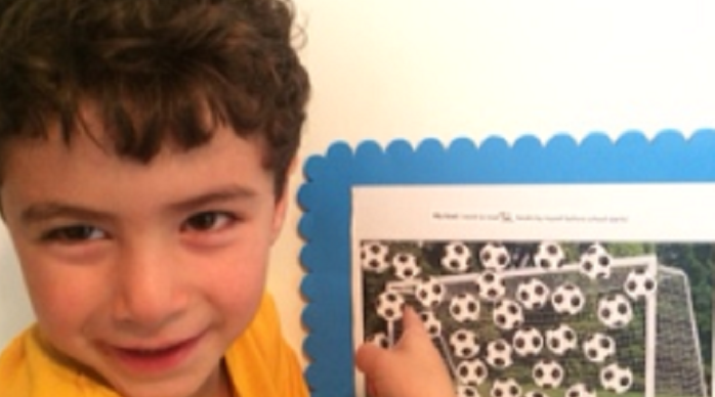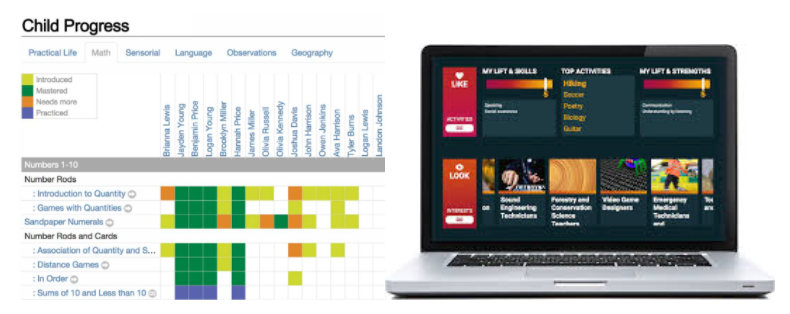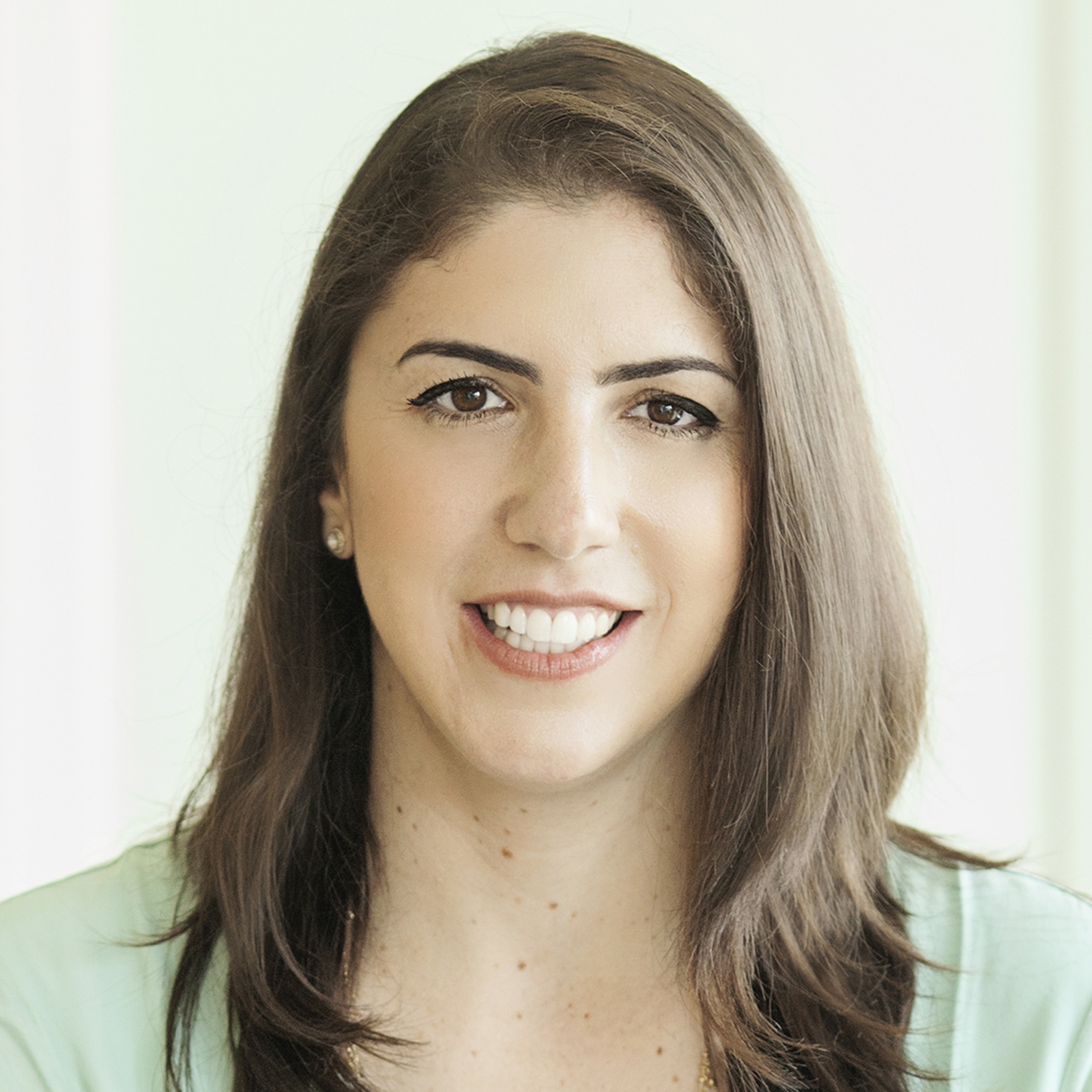Student Goal Setting
Topics

We’ve all had the experience of truly purposeful, authentic learning and know how valuable it is. Educators are taking the best of what we know about learning, student support, effective instruction, and interpersonal skill-building to completely reimagine schools so that students experience that kind of purposeful learning all day, every day.
“I hope to score 42 goals this season”
WHY 42?
“It is a HUGE number but I think I can do it”
Practitioner's Guide to Next Gen Learning
No real personalized learning model can flourish without student goal setting as a foundational activity. Here’s why.
In this edition of the NGLC Practitioner's Guide to Next Gen Learning, I discuss a key instructional move that underlies most personalized learning models: student goal setting. I will describe the instructional move in theory, provide a few key pieces of research evidence behind the instructional move, and show what the instructional move looks like in practice.
Goal-Setting in Theory
Student goal setting is the cornerstone of most personalized learning models. In fact, I would venture to suggest that no real personalized learning model can flourish without student goal setting as a foundational activity. Here’s why: the intentional and guided conversations adults have with children about goals is a necessary step for students to own their learning. In our observation of NGLC schools and others adopting personalized learning, we’ve noticed four commonalities in the most robust systems of goal setting:
- Goal setting involves adults and students reviewing student work. We define student work to include traditional and non-traditional assessment data.
- Goal setting involves connecting short-term goals with long-term goals. Students are always asked to set goals but rarely do adults help students make a connection between short-term goals and long-term goals (e.g., how does mastering a specific math equation connect to long-term goals such as college graduation and/or careers?).
- Goals are revisited frequently through ongoing conferencing processes that are built into a student’s schedule. NGLC schools and other personalized learning schools tend to revisit students goals on a weekly or bi-weekly basis.
- Tech platforms enable goal setting. Most excellent systems of student goal setting are enabled by technology. Some systems of keeping track of student goals are simple (Google docs, Excel spreadsheets) and others are more complex.

Tech Platforms Support Goal-Setting
Goal-Setting in Research
Goal setting is not a new concept to education. Special educators have used goal setting for years as part of the process of writing Individualized Education Plans (IEPs). There are excellent resources in the special education networks for goal setting for students, including these two:
- Writing Measurable IEP Objectives and Goals by Barbara D. Bateman and Cynthia M. Herr, Attainment Company, 2006.
- Writing IEP Goals by Ruth Heitin, Wrightslaw.com
Other research in education psychology bolsters the importance of students setting their own goals:
- Student Motivation: An Overlooked Piece of School Reform by Alexandra Usher and Nancy Kober, Center on Education Policy (2012). In this review of the literature on motivation and goal setting, Usher and Kober discuss the importance of motivation and setting the right goal.
- Goal and Self-Evaluative Influences During Children’s Cognitive Skill Learning by Dale H. Schunk (1996). In this experimental study, students worked under conditions involving either a goal of learning how to solve problems (learning goal) or a goal of merely solving them (performance goal). Students who actively set learning goals and revisited those goals performed higher on the assessment. (A subscription or payment is required to access the article.)
Goal-Setting in Practice
These schools have incorporated students setting their own goals into their personalized learning models.
Student Goal Setting at Pleasant View, The Learning Accelerator Practices at Work
Conferencing on Goals at Summit Public Schools, Summit Public Schools
Fullerton School District, Fullerton, CA
Additional Resources
- 10 Tips for Setting Successful Goals with Students, Education Week Teacher
- How to Help Your Child Set and Reach Goals, PBS Parents




